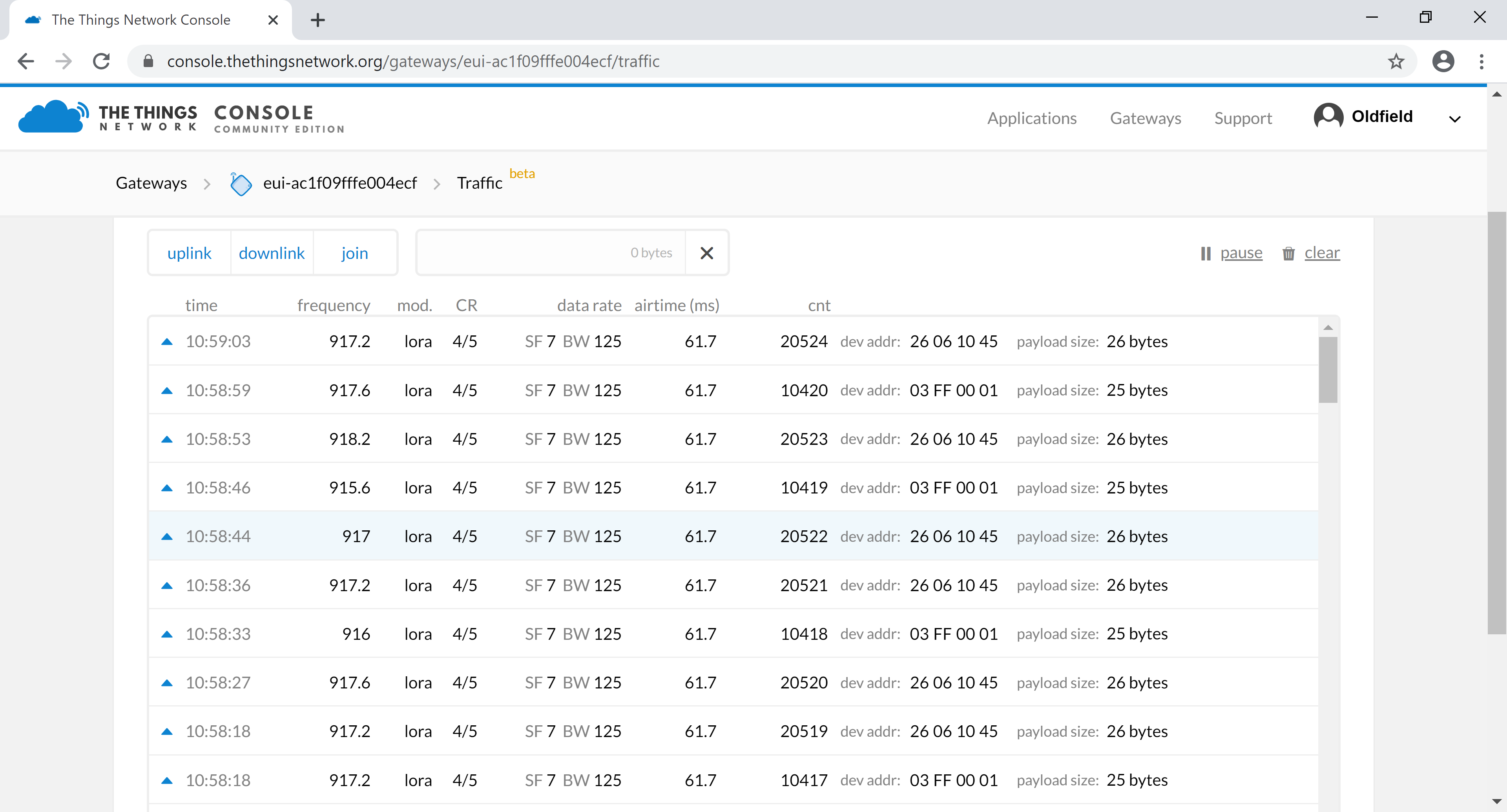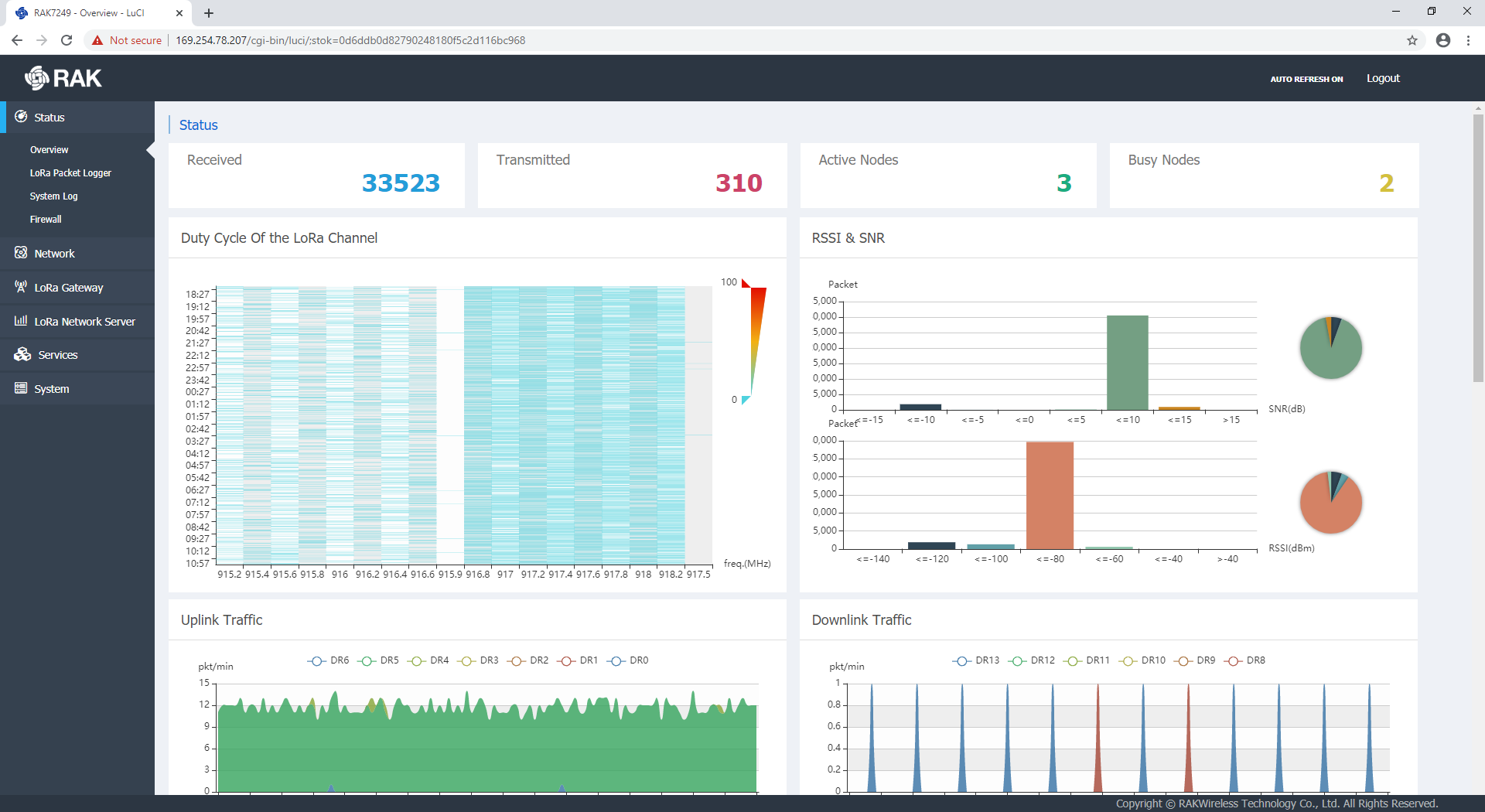I have taken the information from https://lora-alliance.org/sites/default/files/2018-05/lorawan_regional_parameters_v1_0-20161012_1397_1.pdf for AU915 and created the following table of sub-bands, channels, frequencies (uplink/downlink), etc
Sub-band Channel Freq mHz Modulation Spread factor Bandwith kHz Coding rate
1 Uplink 1 0 915.2 LoRa SF7-SF10 125 DR0-DR3 4/5
Uplink 2 1 915.4 LoRa SF7-SF10 125 DR0-DR3 4/5
Uplink 3 2 915.6 LoRa SF7-SF10 125 DR0-DR3 4/5
Uplink 4 3 915.8 LoRa SF7-SF10 125 DR0-DR3 4/5
Uplink 5 4 916.0 LoRa SF7-SF10 125 DR0-DR3 4/5
Uplink 6 5 916.2 LoRa SF7-SF10 125 DR0-DR3 4/5
Uplink 7 6 916.4 LoRa SF7-SF10 125 DR0-DR3 4/5
Uplink 8 7 916.6 LoRa SF7-SF10 125 DR0-DR3 4/5
2 Uplink 9 8 916.8 LoRa SF7-SF10 125 DR0-DR3 4/5
Uplink 10 9 917.0 LoRa SF7-SF10 125 DR0-DR3 4/5
Uplink 11 10 917.2 LoRa SF7-SF10 125 DR0-DR3 4/5
Uplink 12 11 917.4 LoRa SF7-SF10 125 DR0-DR3 4/5
Uplink 13 12 917.6 LoRa SF7-SF10 125 DR0-DR3 4/5
Uplink 14 13 917.8 LoRa SF7-SF10 125 DR0-DR3 4/5
Uplink 15 14 918.0 LoRa SF7-SF10 125 DR0-DR3 4/5
Uplink 16 15 918.2 LoRa SF7-SF10 125 DR0-DR3 4/5
3 Uplink 17 16 918.4 LoRa SF7-SF10 125 DR0-DR3 4/5
Uplink 18 17 918.6 LoRa SF7-SF10 125 DR0-DR3 4/5
Uplink 19 18 918.8 LoRa SF7-SF10 125 DR0-DR3 4/5
Uplink 20 19 919.0 LoRa SF7-SF10 125 DR0-DR3 4/5
Uplink 21 20 919.2 LoRa SF7-SF10 125 DR0-DR3 4/5
Uplink 22 21 919.4 LoRa SF7-SF10 125 DR0-DR3 4/5
Uplink 23 22 919.6 LoRa SF7-SF10 125 DR0-DR3 4/5
Uplink 24 23 919.8 LoRa SF7-SF10 125 DR0-DR3 4/5
3 Uplink 25 24 920.0 LoRa SF7-SF10 125 DR0-DR3 4/5
Uplink 26 25 920.2 LoRa SF7-SF10 125 DR0-DR3 4/5
Uplink 27 26 920.4 LoRa SF7-SF10 125 DR0-DR3 4/5
Uplink 28 27 920.6 LoRa SF7-SF10 125 DR0-DR3 4/5
Uplink 29 28 920.8 LoRa SF7-SF10 125 DR0-DR3 4/5
Uplink 30 29 921.0 LoRa SF7-SF10 125 DR0-DR3 4/5
Uplink 31 30 921.2 LoRa SF7-SF10 125 DR0-DR3 4/5
Uplink 32 31 921.4 LoRa SF7-SF10 125 DR0-DR3 4/5
4 Uplink 33 32 921.6 LoRa SF7-SF10 125 DR0-DR3 4/5
Uplink 34 33 921.8 LoRa SF7-SF10 125 DR0-DR3 4/5
Uplink 35 34 922.0 LoRa SF7-SF10 125 DR0-DR3 4/5
Uplink 36 35 922.2 LoRa SF7-SF10 125 DR0-DR3 4/5
Uplink 37 36 922.4 LoRa SF7-SF10 125 DR0-DR3 4/5
Uplink 38 37 922.6 LoRa SF7-SF10 125 DR0-DR3 4/5
Uplink 39 38 922.8 LoRa SF7-SF10 125 DR0-DR3 4/5
Uplink 40 39 923.0 LoRa SF7-SF10 125 DR0-DR3 4/5
5 Uplink 41 40 923.2 LoRa SF7-SF10 125 DR0-DR3 4/5
Uplink 42 41 923.4 LoRa SF7-SF10 125 DR0-DR3 4/5
Uplink 43 42 923.6 LoRa SF7-SF10 125 DR0-DR3 4/5
Uplink 44 43 923.8 LoRa SF7-SF10 125 DR0-DR3 4/5
Uplink 45 44 924.0 LoRa SF7-SF10 125 DR0-DR3 4/5
Uplink 46 45 924.2 LoRa SF7-SF10 125 DR0-DR3 4/5
Uplink 47 46 924.4 LoRa SF7-SF10 125 DR0-DR3 4/5
Uplink 48 47 924.6 LoRa SF7-SF10 125 DR0-DR3 4/5
6 Uplink 49 48 924.8 LoRa SF7-SF10 125 DR0-DR3 4/5
Uplink 50 49 925.0 LoRa SF7-SF10 125 DR0-DR3 4/5
Uplink 51 50 925.2 LoRa SF7-SF10 125 DR0-DR3 4/5
Uplink 52 51 925.4 LoRa SF7-SF10 125 DR0-DR3 4/5
Uplink 53 52 925.6 LoRa SF7-SF10 125 DR0-DR3 4/5
Uplink 54 53 925.8 LoRa SF7-SF10 125 DR0-DR3 4/5
Uplink 55 54 926.0 LoRa SF7-SF10 125 DR0-DR3 4/5
Uplink 56 55 926.2 LoRa SF7-SF10 125 DR0-DR3 4/5
7 Uplink 57 56 926.4 LoRa SF7-SF10 125 DR0-DR3 4/5
Uplink 58 57 926.6 LoRa SF7-SF10 125 DR0-DR3 4/5
Uplink 59 58 926.8 LoRa SF7-SF10 125 DR0-DR3 4/5
Uplink 60 59 927.0 LoRa SF7-SF10 125 DR0-DR3 4/5
Uplink 61 60 927.2 LoRa SF7-SF10 125 DR0-DR3 4/5
Uplink 62 61 927.4 LoRa SF7-SF10 125 DR0-DR3 4/5
Uplink 63 62 927.6 LoRa SF7-SF10 125 DR0-DR3 4/5
Uplink 64 63 927.8 LoRa SF7-SF10 125 DR0-DR3 4/5
+
Uplink 1 64 915.9 LoRa SF8 500 DR4
Uplink 2 65 917.5 LoRa SF8 500 DR4
Uplink 3 66 919.1 LoRa SF8 500 DR4
Uplink 4 67 920.7 LoRa SF8 500 DR4
Uplink 5 68 922.3 LoRa SF8 500 DR4
Uplink 6 69 923.9 LoRa SF8 500 DR4
Uplink 7 70 925.5 LoRa SF8 500 DR4
Uplink 8 71 927.1 LoRa SF8 500 DR4
Downlink 1 0 923.3 LoRa SF7-SF12 500 DR8-DR13
Downlink 2 1 923.9 LoRa SF7-SF12 500 DR8-DR13
Downlink 3 2 924.5 LoRa SF7-SF12 500 DR8-DR13
Downlink 4 3 925.1 LoRa SF7-SF12 500 DR8-DR13
Downlink 5 4 925.7 LoRa SF7-SF12 500 DR8-DR13
Downlink 6 5 926.3 LoRa SF7-SF12 500 DR8-DR13
Downlink 7 6 926.9 LoRa SF7-SF12 500 DR8-DR13
Downlink 8 7 927.5 LoRa SF7-SF12 500 DR8-DR13
As I understand it, a gateway can be 1 channel, but TTN requires 8 channels min for a gateway. I have a 16 channel RAK gateway.
What I’m trying to understand, please help me -
If I have a node configured for AU915 (eg RAK Wisnode), does the node cycle through all 64 channels sending out a payload, eg “Hello, world!”?
Thank you.

